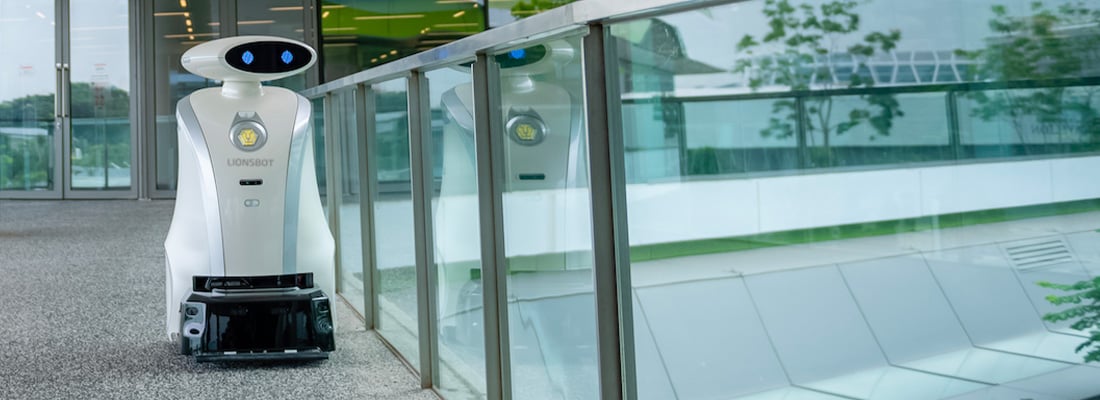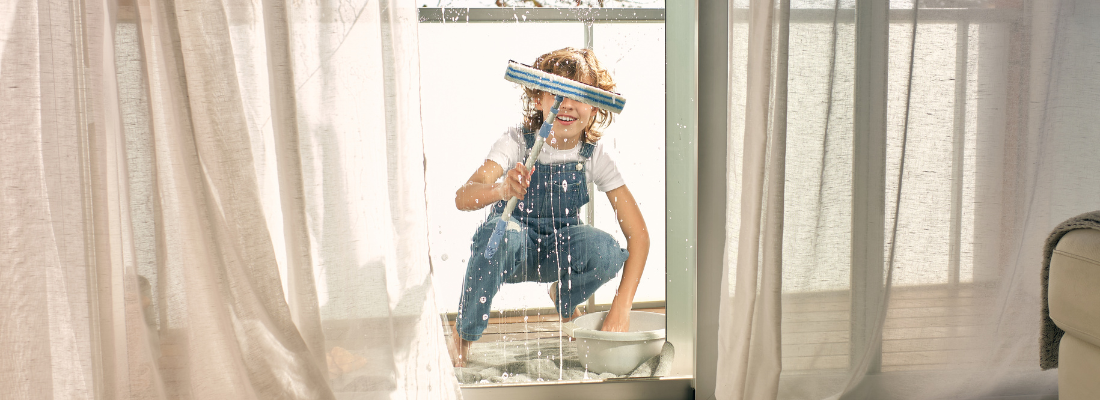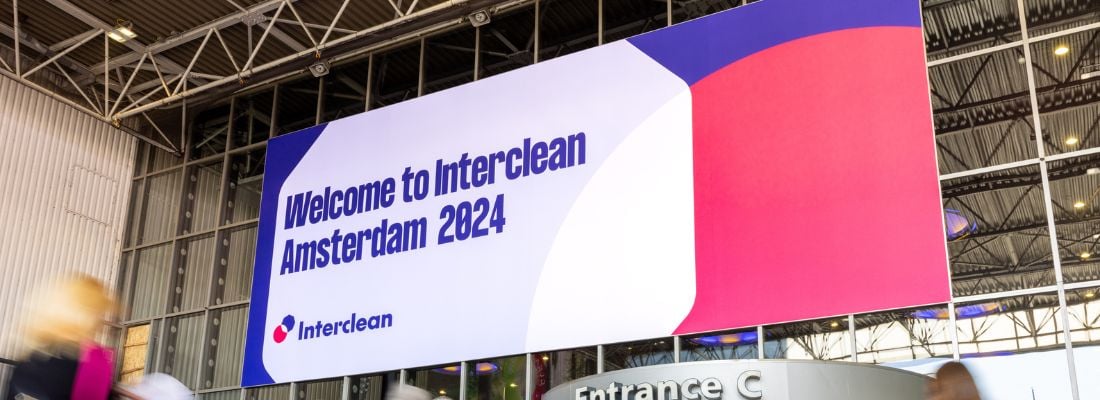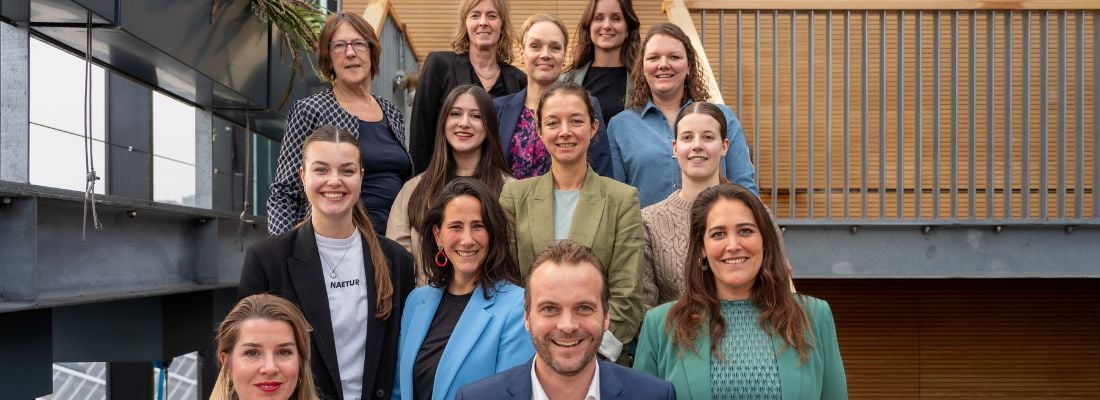Cobotics, a real step change for the cleaning and hygiene industry
The cobot Leobot, a collaborative robot that works side-by-side with cleaning operatives, won the Amsterdam Innovation Award 2020. Out of a total of 86 submissions in four different categories, it was a cobot that took the prize home. What makes this innovation so unique and what does cobotics mean for the future of the cleaning and hygiene industry? In this article we will dive into the world of cobotics.
But first, what are cobots?
Cobots are smart and autonomous robots that perform repetitive tasks that would otherwise be performed by cleaning operatives. With the arrival of cobots, cleaning operatives are now able to focus on more specialised and skilled work. The collaboration between human and cobot increases overall satisfaction, efficiency and productivity.
The big difference with robots, and thus we call them cobots, is that they are designed to operate completely independently. Robots are often set up separately, shielded from employees for safety reasons. A cobot is often much smaller and lighter than a robot, which is why this one can also be moved. This ensures that cobot can be used more flexibly and work side-by-side with cleaning operatives.
Contrary to popular belief, the cobots are instructed and monitored by people at the job site and are there to support workers. Although the machines are smart and autonomous, personnel performing operations and predictive maintenance remains essential. To give example of what a cobot exactly does, two of the three nominated innovations in the category machines for the Amsterdam Innovation Award 2020 are cobots: the Leobot by Lionsbot International and Whiz by ICE Robotics. In the video below you will see both cobots in action.
Share your stories with us!
Do you have an innovation or interesting news you would like to share with the professional cleaning and hygiene industry? The Interclean website and social media channels are a great platform to showcase your stories!
Please contact our press department interclean@rai.nl.
Are you an Interclean exhibitor?
Make sure you add your latest press releases to your Company Profile in the Exhibitor Portal for free exposure.
Receive the best newsletter on cleaning & hygiene - straight to your inbox!
We promise never to send you spam and you can unsubscribe at any time!





